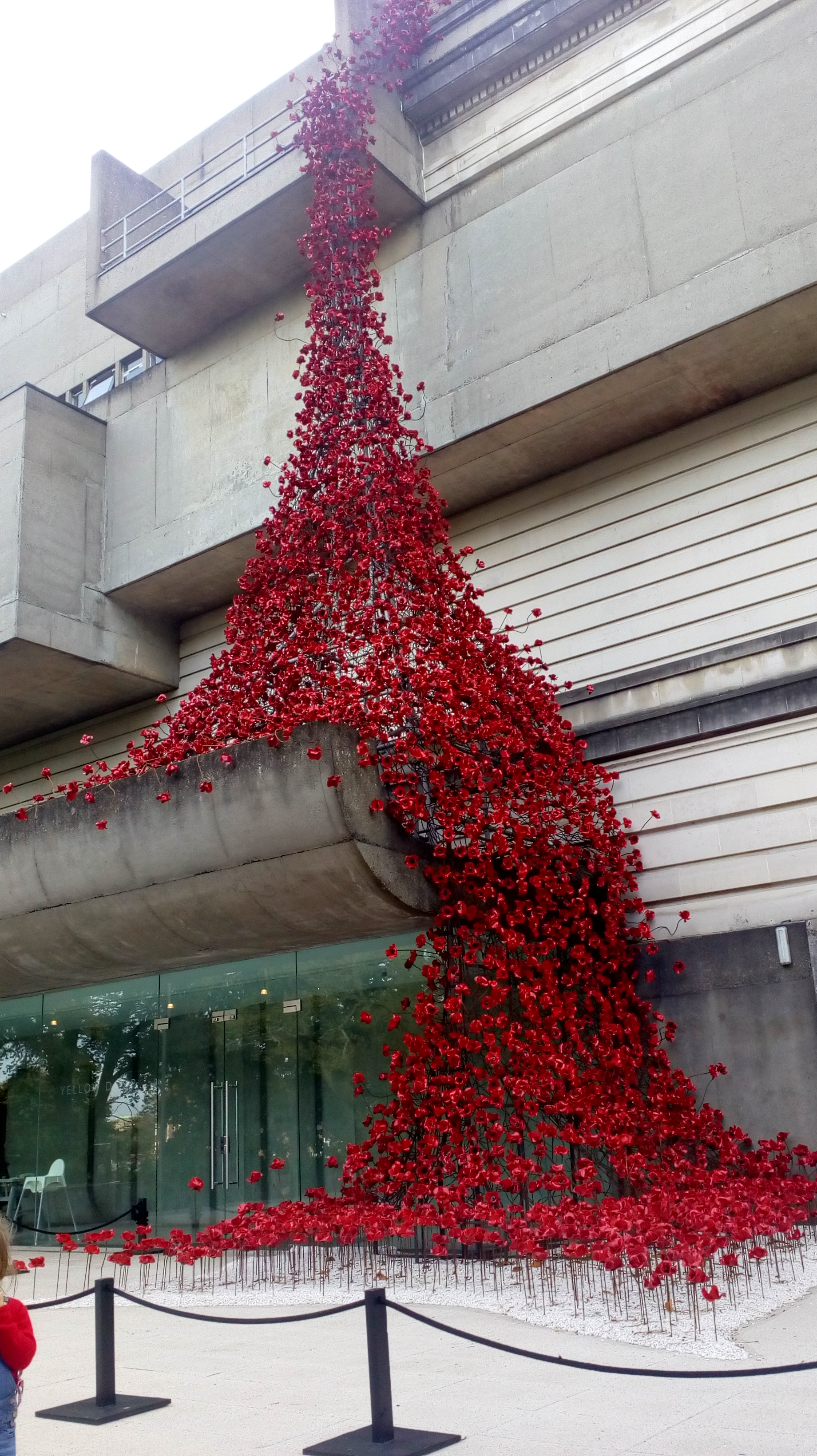Maths, myths, and a museum
Monday and Tuesday were just numbers, numbers, numbers. I’m sorting data for an analysis of proxy voting by the 10 largest investors in U.S utilities. Working with three databases, none of them perfect, to achieve apples and apples comparisons. As if that weren’t enough fun, I’m sorting FactSet attribution spreadsheets to write performance commentaries for lots of funds (a quarterly gig).
So for fun, I go to Queen’s on Wednesdays for a literature class. On the phone Wednesday morning, I told Carolyn (my hostess when I’m in London) that the topic today was the Aeneid. She said. "Which book?" I didn’t know there was more than one--there are a lot of gaps in my education. Turns out there are 12. She proceeded to tell me which were her favourite three books and the plot of those three. The last time I visited her, she made multiple references to Greek mythology. I’ll have to ask her some time if these are things she learned in high school (and remembers in her 60s) or at college. I remember studying Greek and Roman mythology in Latin class in high school, however I don’t remember studying any of the literature.
The class was interesting, partly in how Virgil recycled tropes from Greek mythology to tell the story of Rome’s founding. And partly to examine whether one should put duty ahead of desire. Dido put desire for Aeneas ahead of duty. Aeneas put duty ahead of desire and left Carthage to found Rome. Tragedy results. But in this world it’s hard to criticise the fated pair because both were playthings of the gods, who meddled in the lovers' lives as it suited their competing agendas. So Greeks and Romans attributed fate to the gods. I think people today don’t know what to put the twists and turns of their lives down to. Is it all random? Do we remain playthings of a higher being?
After class I dropped by the Ulster Museum to get a photo of this installation:

The local installation was drawn from a larger earlier work, as Wiki described:
"Blood Swept Lands and Seas of Red was a work of installation art placed in the moat of the Tower of London, England, between July and November 2014, commemorating the centenary of the outbreak of World War I. It consisted of 888,246 ceramic red poppies, each intended to represent one British or Colonial serviceman killed in the War. The artist was Paul Cummins, with setting by stage designer Tom Piper.[2] The work's title was taken from the first line of a poem by an unknown World War I soldier. ... The sea of flowers was arranged to resemble a pool of blood which appeared to be pouring out of a bastion window (the "Weeping Window”).”
My understanding is that most of the 888,246 poppies were sold to raise money for veterans. I think there were 60,000-odd in this installation, a remnant of the Tower of London exhibit. It came to Northern Ireland in recognition of the disproportionately large number of WWI dead to come from here. You think of hundreds of thousands of teenage boys and young men dying in Flanders, where poppies grew on the battlefields, and realise their fate wasn’t down to jealous, scheming gods but to foolish men. You see it in Trump and Kim Jong Un--what do they care if young men in distant lands die for their pride? Maybe in Virgil’s time it was more comfortable to blame external forces than our self-defeating human traits.
10-16 & 17 & 18